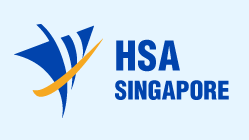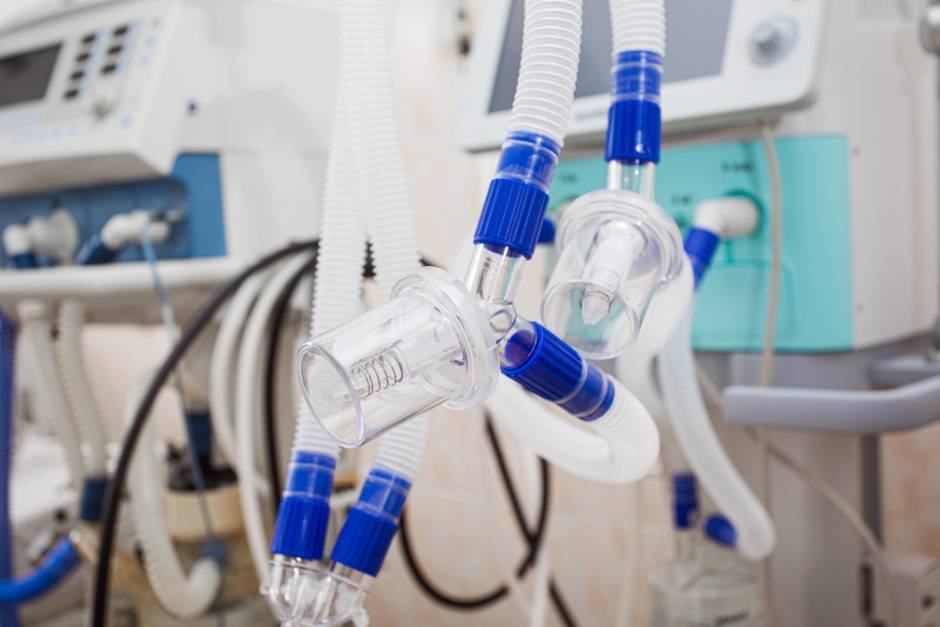The new article describes the regulatory requirements concerning high-risk products – Class C and D medical devices.

Table of content
The Health Sciences Authority (HSA), Singapore’s regulatory agency in healthcare products, has published an updated guidance document dedicated to registration of medical devices.
The document describes in detail the applicable regulatory requirements. Also, it provides additional clarifications and recommendations to be considered by medical device manufacturers and other parties involved to ensure compliance to it.
At the same time, provisions of the guidance are non-binding in their legal nature, nor they are intended to introduce new rules or impose new obligations.
The authority also reserves the right to change the guidance and recommendations provided therein, should such changes be reasonably necessary to reflect corresponding amendments to the underlying legislation.
In particular, the scope of the guidance covers the aspects related to the registration requirements to be applied to Class C and D medical devices intended to be marketed and used in the country.
Evaluation Routes
According to the guidance, Class C and D medical device registration process covers four primary evaluation routes. These routes are intended to streamline the evaluation process by offering distinct pathways tailored to various device classifications and regulatory approvals:
- Entire Evaluation Route: The comprehensive pathway for devices requiring detailed assessment.
- Abridged Evaluation Route: Offers a shortened review process for devices already approved by recognized regulatory agencies.
- Expedited Evaluation Route: Includes two sub-categories, Expedited Class C Registration (ECR) and Expedited Class D Registration (EDR), each providing a fast-tracked evaluation for urgent cases.
- Immediate Class C Registration (ICR) Evaluation Route: Exclusively for Standalone Medical Mobile Applications, this route facilitates an instant review process.
It is also important to mention that the expedited, immediate, and abridged evaluation routes are available only to medical devices with relevant approvals from at least one Global Harmonization Task Force (GHTF) founding member country.
This approach leverages a confidence-based system, drawing on prior approvals from reference regulatory agencies or established safe marketing histories.
Eligible approvals include those from Australia’s TGA, Health Canada, Japan’s MHLW, the US FDA, and the European Union Notified Bodies.

Submission Requirements
As further explained by the authority, applicants must compile all supporting information and documents using the ASEAN Common Submission Dossier Template (CSDT) for successful registration.
Guidance documents GN-17 and GN-18 provide in-depth instructions for preparing submission dossiers. Should a medical device’s labeled use extend beyond its inherent performance, additional clinical data might be necessary to support the proposed label use.
It is also important to mention that the streamlined submission requirements for ICR necessitate that applicants retain all relevant documentation for potential HSA review.
General Notes
As mentioned before, the evaluation routes available provide approvals from reference agencies and a product’s safe marketing history. Applicants must familiarize themselves with each route’s criteria and documentary requirements, ensuring their submissions align with the eligibility criteria of the chosen path.
Medical devices not suited for expedited evaluation due to the need for an in-depth assessment must opt for either the Full or Abridged evaluation routes.
The annexes to the present guidance document issued by the HSA detail the evaluation routes and their corresponding documentation requirements, providing a comprehensive overview for applicants seeking to navigate the regulatory landscape for Class C and D medical devices.
Conclusion
In summary, the guidance outlines the key aspects of the processes and procedures to be followed when obtaining marketing approval for the products associated with the elevated risk.
The document describes the available pathways and emphasizes the vital role of marketing history and approvals granted by trusted foreign national regulating authorities in facilitating registration.
How Can RegDesk Help?
RegDesk is a holistic Regulatory Information Management System that provides medical device and pharma companies with regulatory intelligence for over 120 markets worldwide. It can help you prepare and publish global applications, manage standards, run change assessments, and obtain real-time alerts on regulatory changes through a centralized platform. Our clients also have access to our network of over 4000 compliance experts worldwide to obtain verification on critical questions. Global expansion has never been this simple.
Want to know more about our solutions? Speak to a RegDesk Expert today!
–>
- SEO Powered Content & PR Distribution. Get Amplified Today.
- PlatoData.Network Vertical Generative Ai. Empower Yourself. Access Here.
- PlatoAiStream. Web3 Intelligence. Knowledge Amplified. Access Here.
- PlatoESG. Carbon, CleanTech, Energy, Environment, Solar, Waste Management. Access Here.
- PlatoHealth. Biotech and Clinical Trials Intelligence. Access Here.
- Source: https://www.regdesk.co/hsa-guidance-on-medical-device-product-registration-class-c-and-d-2/
